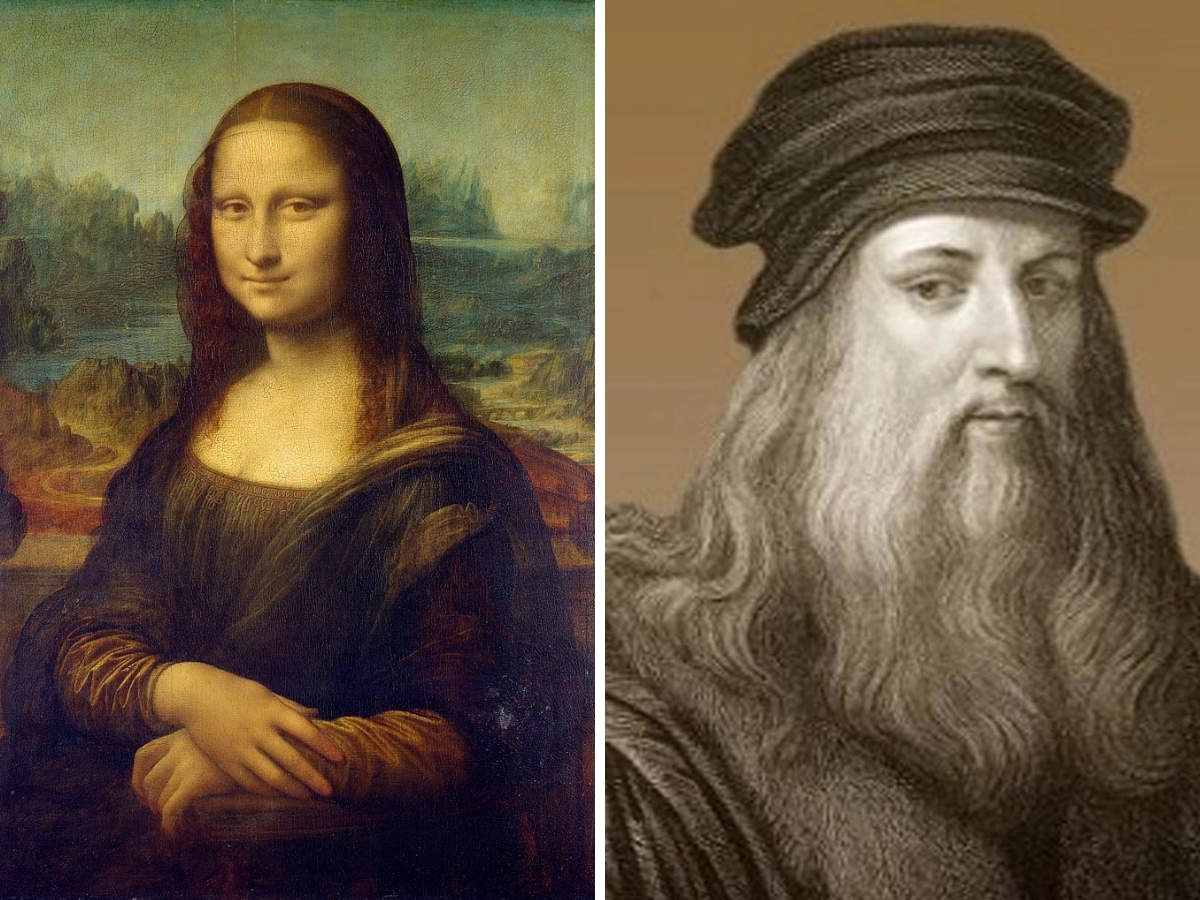Edwardian Houses : The architecture of 1920s and 30s
When passing through the outskirts of cities and towns in England, one might notice housing structures that give off the vibes of amenity and gracefulness.
These grand capacious houses which are a sight to seize are the Edwardian houses.
If one has a large family, these houses are perfect for them. Families have resided in Edwardian houses for decades. Many surviving Edwardian houses are considered as precious antiques. One of the most prominent features of these houses is that their structure is like a mixture of old and new styles. Edwardian houses have a structure and design that adapts quite quickly in the modern era. They have intricate interiors and exteriors, and often give off the fantasy aura. These lively beautiful homes started appearing in the suburbs of England in the beginning of 20th century. Some of the towns where one can still witness these houses are in Victoria Park - Manchester, Headingley- Leeds, Clifton - Bristol, Edgbaston - Birmingham and along the seaside areas such as Bbrighton, Bournemouth, Hove and Eastbourne.
Edwardian houses history
When Queen Victoria passed away on 22nd January 1901, King Edward VII took the throne. He reigned from 1901 to 1910 and during this period the architectural structure came to get categorized as the Edwardian era. The change from the Victorian era houses to Edwardian era houses was major.
During the Victorian era, houses were a little stuffy with dark interiors. The curtains were quite heavy and the rooms were jam-packed with knick-knacks and decorative furnishing. With the advent of the Edwardian era, the houses became spacious with more elegant pastel decor. This housing architecture started expanding around the 1910s. These houses consisted of 2 stories with fewer but spacious rooms. These houses were an outcome of the modernization that was occurring all around the world.
Few of the surviving Edwardian houses which are quite famous to date are in Toronto and Ottawa. A house with huge windows is located in Monkland St. and still has soffit-supported roofs with original windows. This house is a relic and is taken care of to date by its owners. One of the most innovative and creative Edwardian house frontal structures with a lunette still exists in King Street, Toronto. This house is now converted into a factory. The Edwardian era was said to have come to an end around the finishing of the first world war but it was only for a short amount of time before this architecture and decor came back to life with new and innovative twists.
Edwardian houses design
During the Edwardian era, the middle class started becoming sufficiently settled and grew as a huge inspiration for architecture. The houses have distinguishing styles of dormer windows, red brickwork, long chimney stacks, and Mock-Tudor cladding that are easily established. These homes and gardens were more comfortable and manageable than homes from any other era. With the expansion of the railway system, development in the outskirts grew. The various art movements from all across the world shaped the design and decor of the houses of this era. This blueprint of design, decor, and structure was the pathway of the forthcoming generations. It was during this period that great architects emerged such as Frank Llyod Wright, Edwin Lutyens, and Charles Rennie Mackintosh.
Art and craft made their way into people’s homes and became a hack for saving time and money. A variety of patterned wallpapers were being used for covering up hallway dust and ash. Clean spaces were becoming a must as a result of the pastel color theme which became a signature of these houses. The color scheme was also important to give a way for people to appreciate the sunshine entering their houses. Instead of the dark and cold colors of the Victorian era, warm and pastel colors like lilac, dusky blue and green, primrose and grays became the new choices. Warmth is of major importance in cold countries and to accommodate this Persian rugs became the aesthetic of living rooms and halls. The interior was rich with carved ornate furniture which told the story of the Art Nouveau Movement.
Edwardian houses Vs Victorian houses differences
The houses in the Edwardian era were widely constituted of red brickwork while the Victorian era had a range of colored brickwork.
The porches were made from wood in the Edwardian era while they were brick-built in the Victorian era.
The Edwardian era had Mock-Tudor cladding at the housetops while the Victorian era had high pitched roofs with ornate gable trims.
Edwardian Era houses had wide halls while Victorian-era houses had narrow hallways with geometric tiles.
The rooms in the Edwardian era were spacious and bright while in Victorian-era rooms were generally compact and dark-themed.
The Edwardian houses had a garden to accompany the front porch while Victorian-era houses had no gardens but builtin terraces.
Edwardian houses often had sash windows or dormer windows while the Victorian houses had cameo windows.
The Edwardian houses' color theme was mostly pastel cottagecore style while the Victorian houses had a dark gothic color palette.
The artifacts, curtains, tablecloths, and furnishing in the Edwardian era were more ornate and bold while in the Victorian era these were more luxurious, rich textured, and exotic.
The Edwardian houses were heavily inspired by the art and craft movements while the Victorian houses were inspired by the show of wealth and status a person had.
Inbuilt electricity fitting in the walls was a feature of the Edwardian houses while the Victorian era was mostly dependent on oil and gas lamps.
Edwardian houses characteristics
The Edwardian houses had large halls lined with rugs or carpets along with wide staircases and painting adorned walls.
The porch became a form of a signed statement if one wanted to be part of the community. Porches with intricate patterns were made from wood and had various features like latticework, screens, or sash windows. Porches were linked with the status and wealth of an individual.
The lighting designs were first started during this era. Gas heating along with lighting became available from the high class to the middle class. These lighting designs and decor gave a new shine to the houses and their decors.
The Edwardian era was all about light and space, and as such windows played a crucial role in Edwardian architecture. Flowery-designed stained glass with a pastel color palette was among the few features that continued from the Victorian era to the Edwardian era. The same goes for the bay windows and fireplaces.
The fireplaces during the Edwardian era were mostly simple in design and construction but they still had their own styling features. They usually had shelves around the mantelpiece and some even had inbuilt mirrors. These shelves were mainly used to store jewelry or ornaments.
The feature that is very rarely seen in the Edwardian houses but is still an important part is the long chimney stacks. There are many Edwardian house owners who decided to add an extended chimney to their house.
The Edwardian houses have skirting boards. These boards are nothing but wood trims at the base of the walls. They were used for high ceiling balancing and also as a means of protection against scrapes.
One of the most classic features of the Edwardian houses was the ceiling rose. This was a mold structure made out of plaster and was placed around a light fixture. The ceiling rose was often circular in shape with intricate and ornate designs carved into the plaster. The ceiling was not only a beautiful decor addition to the house but also had an added benefit of smoke capturing. These ceiling roses had small holes in them which helped with the escape of smoke caused by the gaslight fixtures.
The cornice was another intriguing feature of the Edwardian houses. Similar to the ceiling rose, the cornice was also made of plaster and can either be simple or very ornate and well carved. The cornice was used as a sort of border around the ceiling and was effective in covering the joining corners of the ceiling and walls.



Comments
Post a Comment